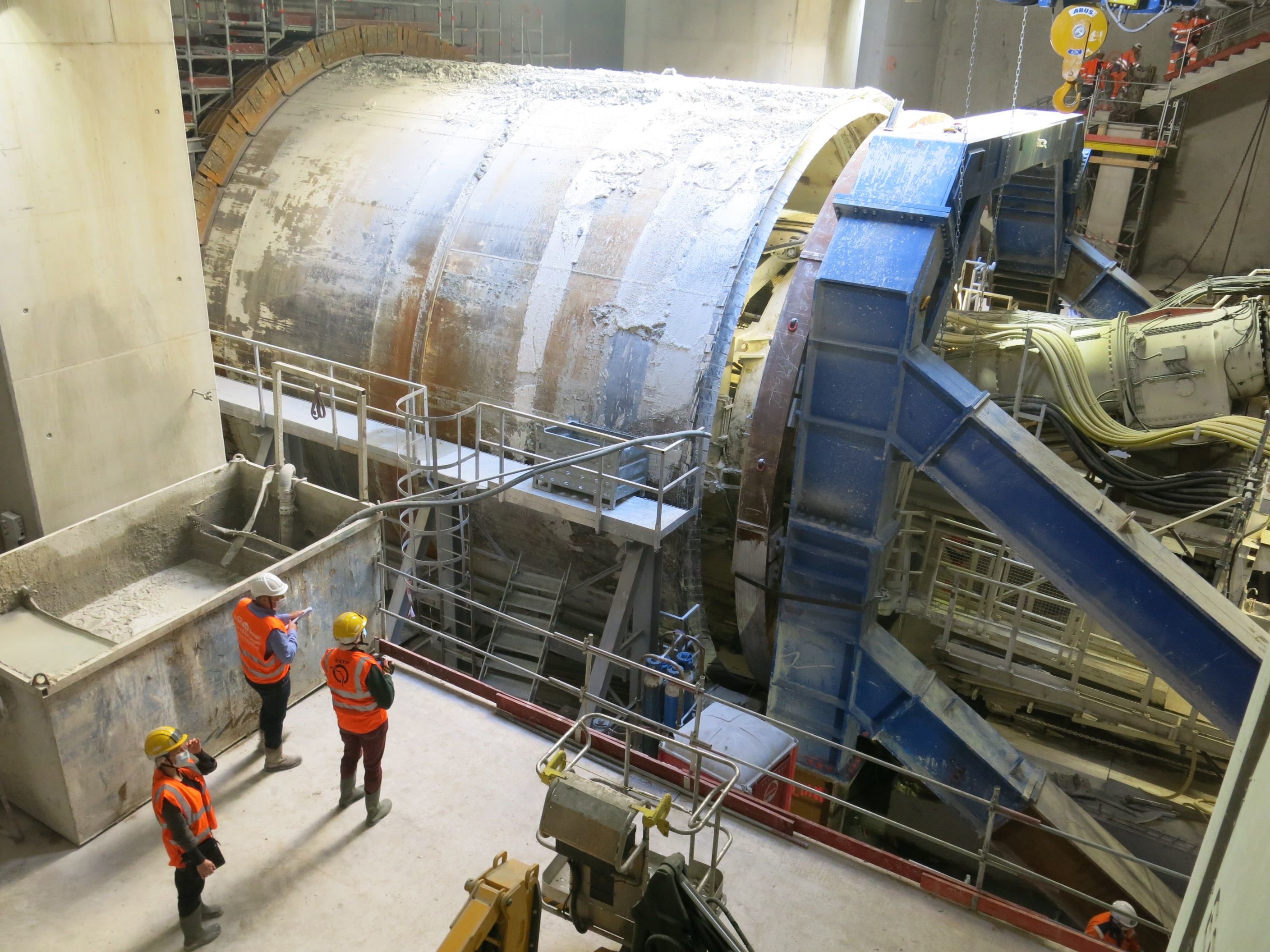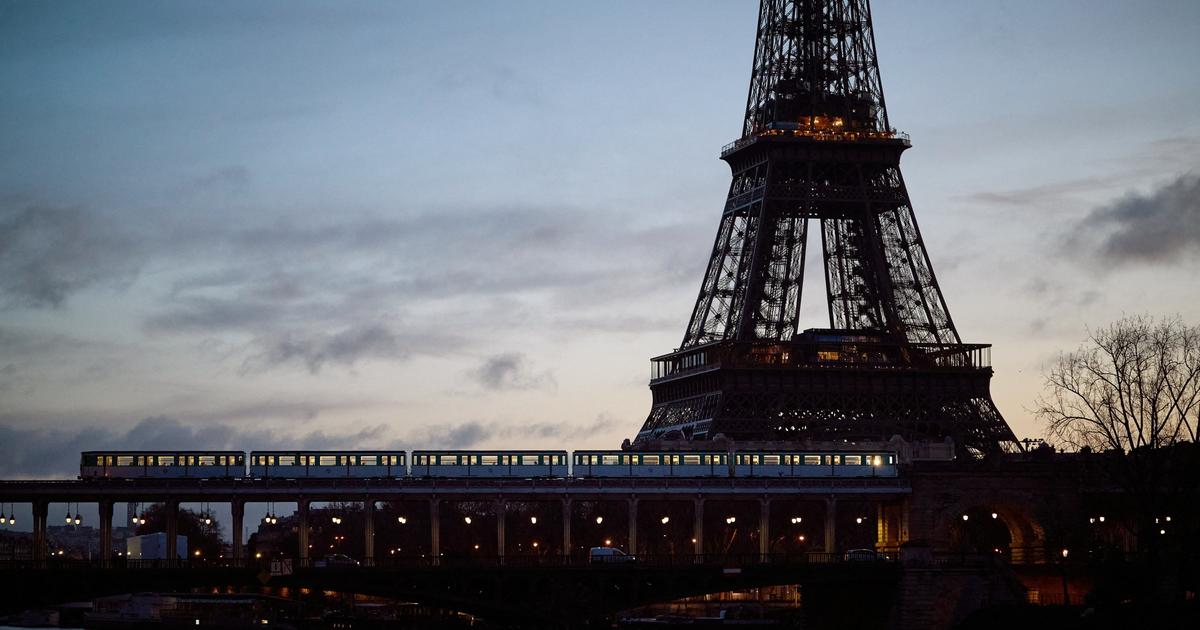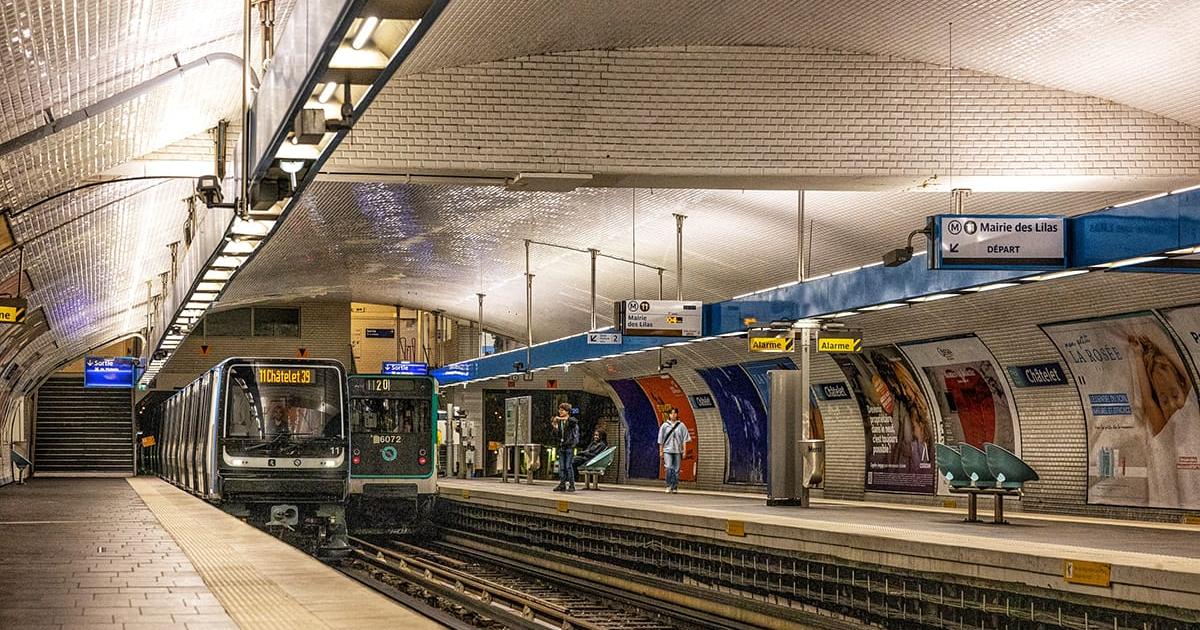He left from the future “La D'huys” station (on the edge of Montreuil and Rosny, in Seine-Saint-Denis) at the start of 2020. Since then, he has already covered two kilometers underground, digging in the direction of Paris , at an average rate of 14 meters per day.
He crossed the future Montreuil-Hôpital station and reached the Place-Carnot station in Romainville (93) at the beginning of this month of April.
But Sofia - the baptismal name of the tunnel boring machine which carries out part of the 6 km extension of metro line 11 (Châtelet-Mairie des Lilas) to Rosny-Bois-Perrier - will only make a short stop here at Romainville.
In about ten days, the steel giant of 1,500 tons and more than 100 meters long will resume its underground route to dig a new section of 1 km, in a straight line, to the future Serge station. -Gainsbourg aux Lilas (93) which it should theoretically reach in July 2021. This new stage will mark the end of very structural work on one of the main metro line extension projects.
Both by its scale (1.3 billion euros of investment, 7 years of work, 400 workers mobilized, 6 new stations in Seine-Saint-Denis, etc.) and by its technical characteristics.
Romainville.
With its 6 km of additional tracks, the future line 11 will be almost as long in the capital as in Seine-Saint-Denis.
LP / Benoit Hasse
Digging "with a teaspoon"
“On this route, we find all possible types of structures. Their realization required the implementation of a wide range of construction techniques, ”explains Benjamin Claustre, director of operations at RATP. Half of the route is dug by the tunnel boring machine. “It's almost commonplace now, as there are many tunnel boring machines in operation in Ile-de-France,” smiles the technician. “But on a 400-meter section - between the current maintenance workshop located in the rear of the Mairie-des-Lilas terminus and the Gainsbourg station - where the use of the tunnel boring machine was not possible, we have worked the old fashioned way. In our jargon, we talk about digging with a teaspoon, ”he explains.
At the other end of the extension, from the D'huys to the future end of the line where a maintenance workshop is to be built, the tunnel was fitted out using the “framework structure” technique (an open-air site with “ insertion ”of diaphragm walls into the ground then excavation).
The topography of the place also required the construction of a viaduct 600 meters long.
It will host an air station, as the RATP had not built for nearly a century.
Romainville.
The platform room of the future Place-Carnot station, larger than the footprint of the access shaft, had to be dug under the neighboring buildings.
LP / Benoit Hasse
The excavation of the other stations also raised a technical challenge.
In particular under the Place Carnot where the station was dug from a lot smaller than the underground room which will accommodate the platforms.
“We had to dig this room from the bottom of the access shaft… passing under existing buildings.
A titanic job ”, underlines Sébastien Trarieux, RATP project manager on line 11, recalling that the volume of earth excavated could have filled 13 Olympic swimming pools.
The new stations will adopt the aesthetic codes of the historic metro
While the end of this structural work is approaching, the commissioning of the extended line is still a long way off. It remains of course to lay the tracks, to fit out the new stations (which will partially take up the aesthetic codes of the historic metro), to demolish the current maintenance workshop and to transform it into a traffic lane ... It also remains to complete the modernization of the stations existing ones, in perpetual work for years, of which the platforms must be lengthened to accommodate the future subways of the line which will have 5 cars against 4 for the current rolling stock.
The users of the 11 therefore still have "a few years" to wait in the MP59, the current trains of the line put into service ... at the beginning of the 1960s and now the oldest rolling stock on the network. The Alstom trains (of the Boa type) which will replace them will be deployed on the existing part of the line in early 2023 and on the extension in the months that follow.









